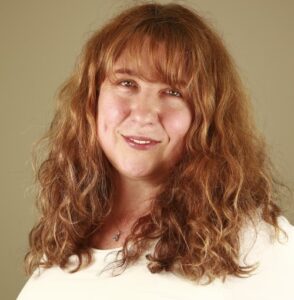Description
The polished, professional appearance of your proposal is paramount to making a positive impression on evaluators.
You will learn how to work with subject matter experts (SME) and edit their content to meet proposal requirements. You will practice editing for clarity and meaning, sharpen your ability to spot factual errors and redundancies, and organize unfocused materials.
You will also learn how to infuse a consistent voice throughout your proposal regardless of the number of authors involved.
This course is not another English grammar class. This hands-on workshop is filled with examples and exercises that will help you master the techniques for rapid and accurate editing using commonly available tools and professional editing applications.
This interactive two-day workshop is 40 percent lecture, 50 percent exercises, and 10 percent discussion. It will teach you the real skills required to increase quality, professional appearance, and persuasiveness of your proposals.
The experts who teach our business development, capture, and proposal training courses are highly experienced currently practicing proposal professionals whose years of successful experience in Government acquisition and training allow them to offer valuable insights to our students. Our instructors can answer tough questions as they come up during the course. They can also tailor the material to their students’ specific challenges, and share their experience based on the most current realities. Check our instructor’s bios on our About Us page.
Meet Your Instructor
 Olessia Smotrova, CF.APMP Fellow
Olessia Smotrova, CF.APMP Fellow
Olessia has more than 25 years of experience in business development. She led winning bids for four out of the top five Government contractors, winning more than $26 billion over the course of her career in single award contracts. She is an AI developer and strategist, pioneering the use of generative AI in Government contracting. She has created and implemented AI tools for business development processes, proposal strategy formulation, and competitive analysis. She is an AI super-user and thought leader in the practical application of generative AI in synthesizing complex data, generating innovative solutions, and driving decision-making in high-stakes Government BD environments.
She is the author of the book How to Get Government Contracts: Have a Slice of $1 Trillion Pie and seven other books. She has taught a graduate course for the Stevens Institute of Technology, and she provided training to Treasury and NASA. She has served for 2 years as the President of the National Contracts Management Association (NCMA) Bethesda/Medical Chapter and for 2 years as the President of the Association of Proposal Management Professionals (APMP) National Capital Area Chapter.
Olessia is recognized as an APMP Fellow for her contributions to the field of capture and proposals – the highest honor in the business development profession. Her skills span every aspect of business development, sales, and marketing. Prior to supporting Fortune 500 companies and small businesses as a proposal consultant and growing OST, she worked as a business developer for Raytheon and Lockheed Martin and wrote for the Financial Times of London.

















